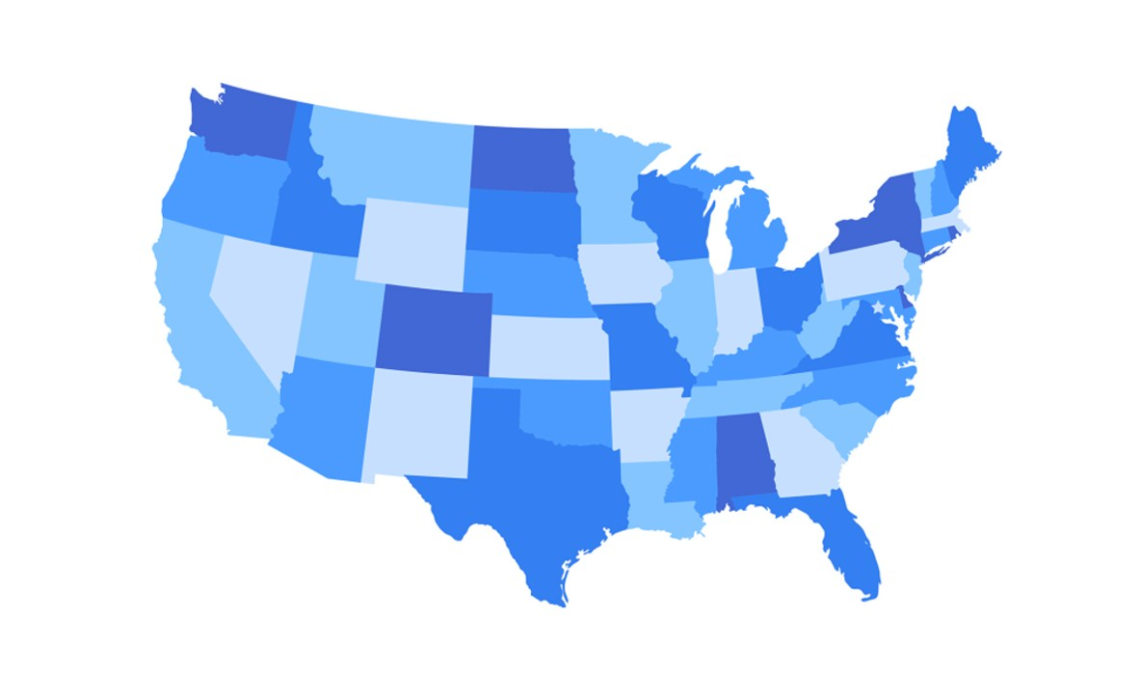
When it comes to mail delivery, ZIP codes play a crucial role in ensuring its accurate and timely arrival. These five-digit numbers are an essential part of the addressing system used by the United States Postal Service (USPS). Understanding your unique ZIP code is key to effectively navigating the postal system, so let’s delve deeper into what they are and how they work.
Origin and Purpose of ZIP Codes
A ZIP code, which stands for Zone Improvement Plan, was first introduced in 1963 to streamline mail sorting and delivery. It was a groundbreaking innovation that revolutionized the postal service, making it more efficient and reliable. Today, ZIP codes are widely used, not only for mail delivery but also for various purposes such as demographic analysis, marketing, and online transactions.
Structure and Functionality of ZIP Codes
At its core, a ZIP code is a numerical code that represents a specific geographic area within the United States. This area can range from an entire city to a single building, depending on the population density and the size of the locality. A ZIP code consists of five digits, sometimes followed by an additional four digits, known as ZIP+4 codes. These extra digits further narrow down the delivery location, providing greater precision in mail sorting.
Assignment and Discovery of ZIP Codes
So, how are ZIP codes assigned? The USPS is responsible for assigning ZIP codes to different areas based on several factors. One of the primary considerations is the geographic boundaries, such as city limits or county lines. However, other factors, including population size, mail volume, and infrastructure, also come into play. When a new area is developed or expands, the USPS may assign a new ZIP code to accommodate the growth.
Discovering your unique ZIP code is relatively simple. The USPS provides various tools and resources to help you find the correct code for your location. One of the easiest ways to determine your ZIP code is by visiting the USPS website and using their online ZIP code lookup tool. All you need to do is input your address, and the system will provide you with the corresponding ZIP code and related details.
Importance of ZIP Codes Beyond Mail Delivery
Additionally, you’ll notice that ZIP codes are prominently displayed on many official USPS mailboxes, trucks, and buildings. This helps people identify the correct ZIP code for their area or when sending mail to someone else. The ZIP code forms an integral part of the complete mailing address and ensures that your mail reaches its intended destination without delay.
The benefits of having an accurate ZIP code extend beyond mail delivery. Local businesses and organizations often rely on ZIP codes to target their marketing efforts, analyze consumer demographics, and determine service areas. Online transactions, such as shopping or booking services, also require my zip code to estimate shipping costs accurately and provide accurate delivery timeframes. In this digital age, where e-commerce flourishes, having the correct ZIP code is crucial for hassle-free online transactions.
Conclusion: The Significance of ZIP Codes
In conclusion, ZIP codes are an essential component of our postal system, facilitating accurate and efficient mail delivery throughout the United States. They represent specific geographic areas and play a vital role in streamlining sorting and ensuring prompt delivery. Discovering your unique ZIP code is as simple as using USPS’s online lookup tool or referring to visible signage. Remember that your ZIP code not only helps with mail delivery but also contributes to targeted marketing efforts and smooth online transactions.
